High Altitude Balloons with Columbia Space Initiative
High altitude balloons is a subteam of Columbia Space Initiative . We work to build and launch high altitude balloons to near space. I've been a member since fall '23 and have participated in two launches so far.
Spring '24 launch
This was the team's first launch in nearly a decade. We launched from update New York with a projected payload landing in Eastern
Connecticut. The payload consisted of a GoPro, temperature and humidity sensors, and altimiter. Sensors were powered by an arduino
and would save data every few minutes to be reviewed after recovery.
We would track the payload with a GPS module relaying its position to a handheld radio, which would communicate with us through
APRS (Automatic Packet Reporting System). We also used a commercially available GPS tracker as a backup.
Problems
Our first issue involved the tracking systems. We lost signal from both immediately after launch, and lost our payload. We would later
find out that the two GPS units were interfering with each other.
I told the team that one GPS unit would outlast the other, at which point it would start communicating again, and we'd be able to recover the payload.
This came to fruition the next day, but another problem arose: the balloon was underfilled.
As a balloon ascends, it expands until it bursts. An underfilled balloon ascends slower, so it is carried further by wind before it bursts.
What was supposed to be a 3 hour flight turned out to be an 18 hour flight. Our commercial GPS tracker started pinging in the morning at
30,000 feet, which means the payload was descending. Except it was pinging a few hundred miles off the Eastern coast of the US. We watched for half
an hour as the payload fell into the Atlantic and went silent.
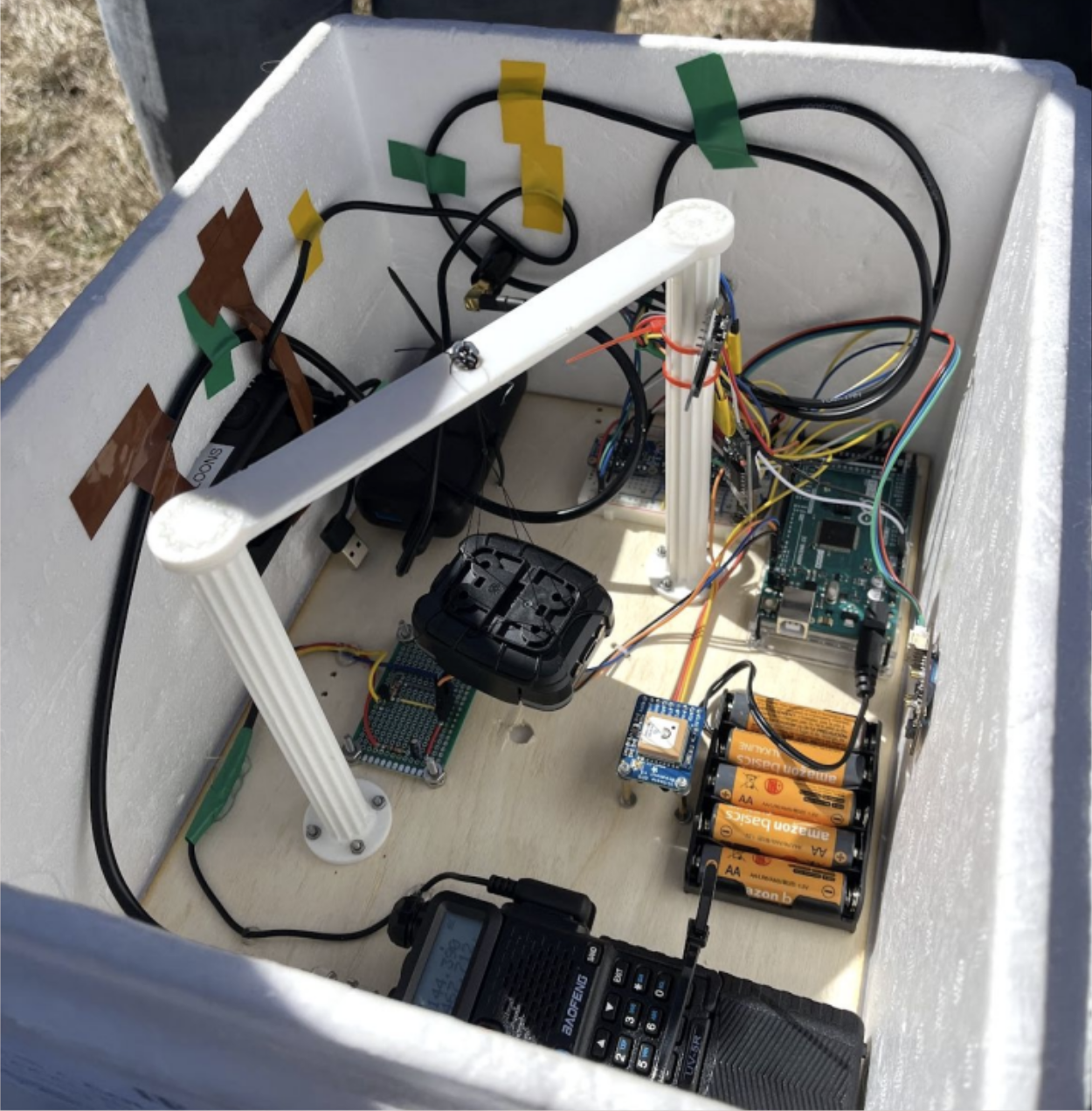
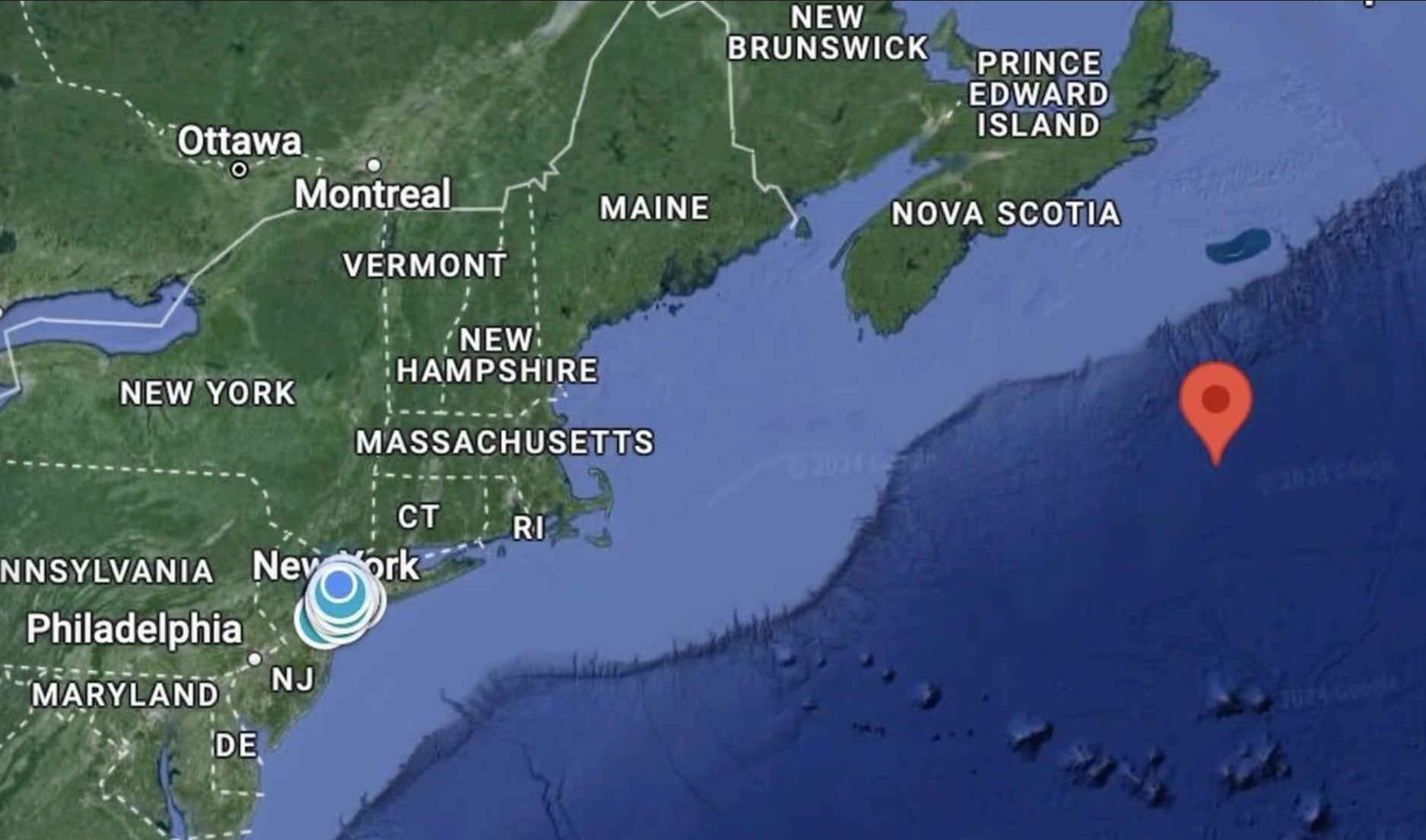
Fall '24 launch
The goal for this launch was a successful recovery. We lightened the payload, used only one GPS unit, and
verified the balloon was filled all the way.
The frame was a simple triangle made from plywood with an Insta360 camera, portable battery, and GPS at each corner.
Our launch was successful, but the balloon landed in a very tall tree in someone's backyard in Connecticut. This someone turned out to be a profesional
tree trimmer. About a month later he would cut down our payload and ship it to Columbia.
Typically, at high altitudes you have to worry about extreme cold temperatures. It turns out the Insta360 would have the opposite problem: overheating.
The camera shut off at a few thousand feet, so our footage is limited to the first half hour out of a 2.5 hour flight.
A cinematic video of the launch is
here
, courtesy of
Claudio
, a (now graduated) team member.
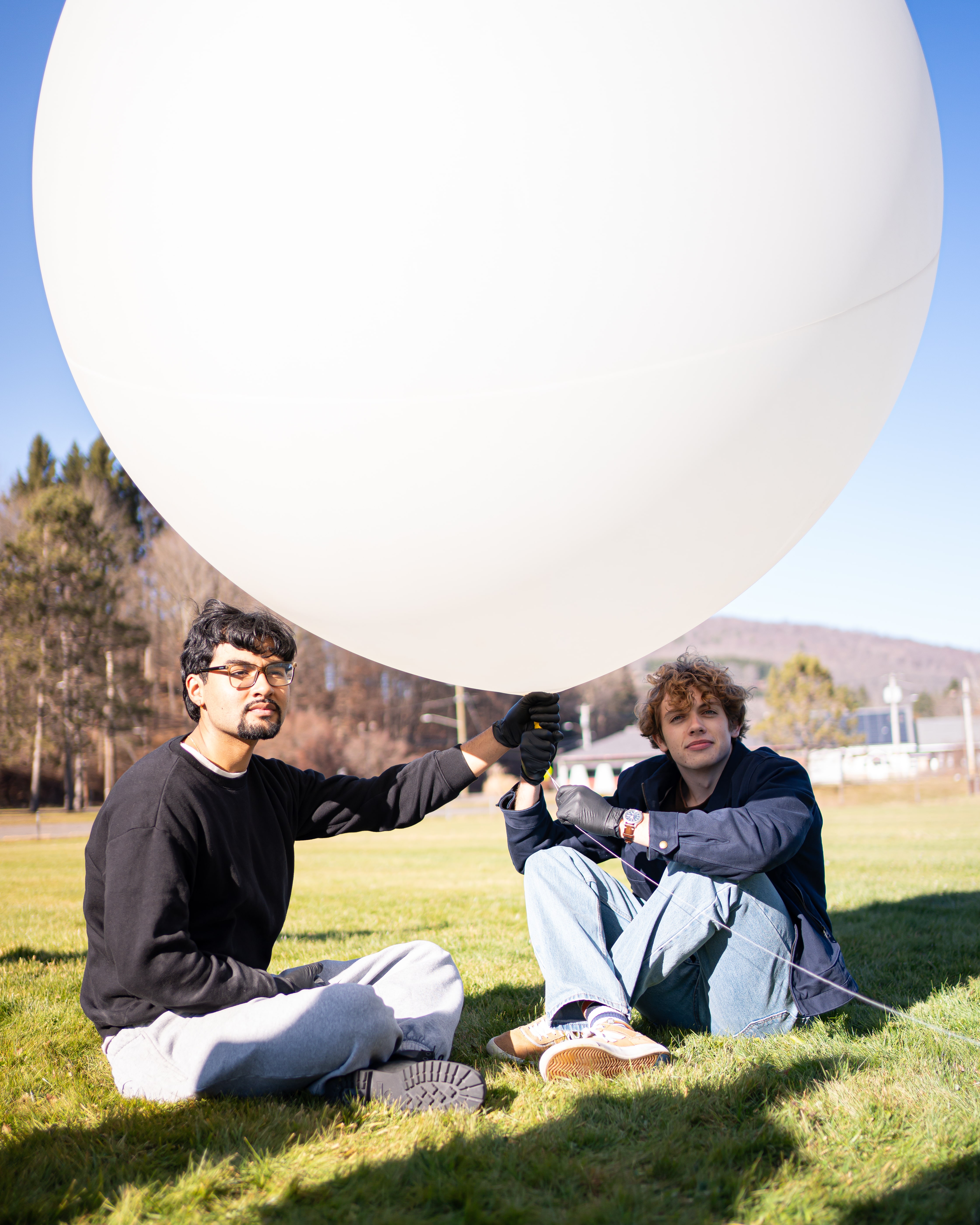
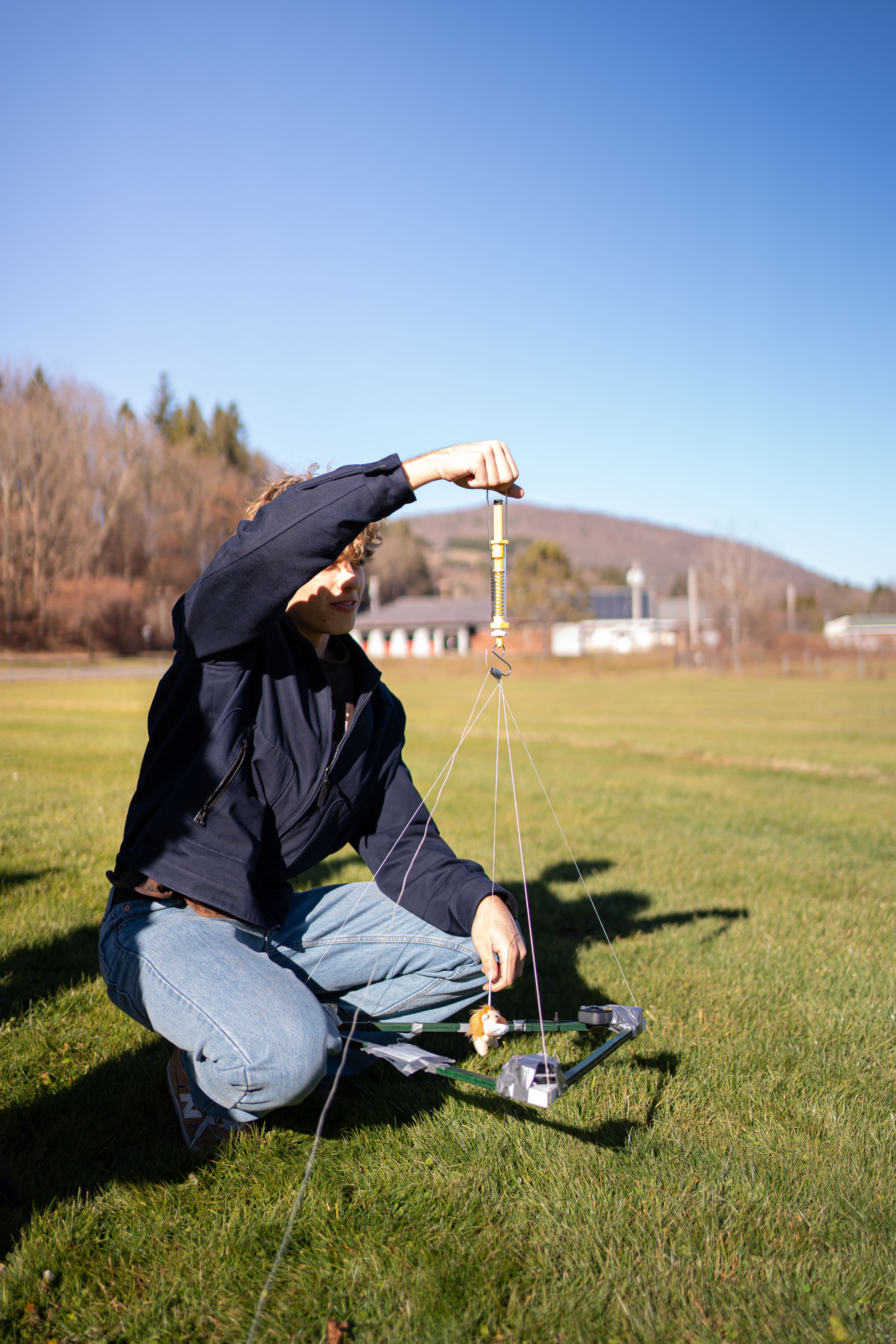
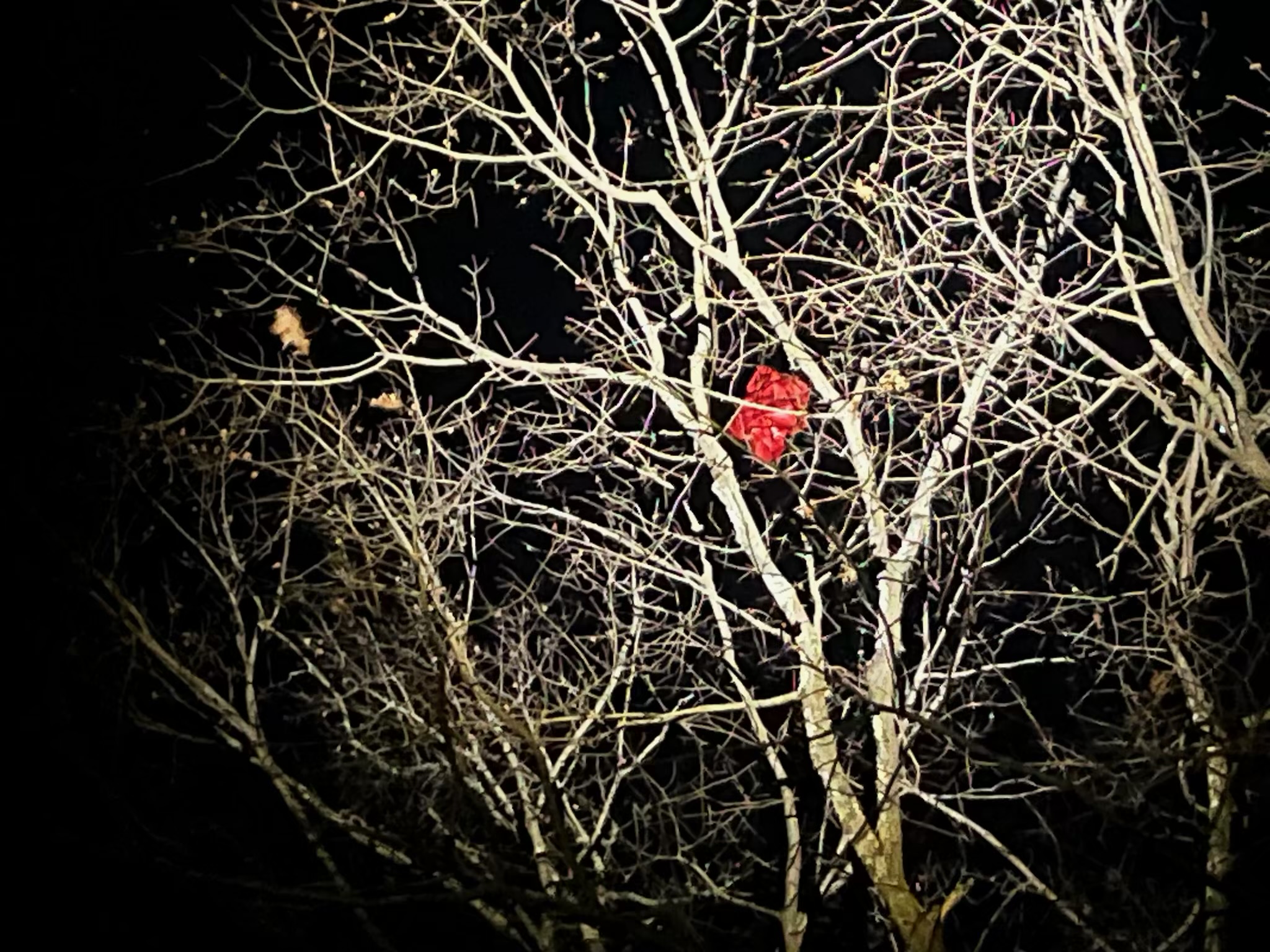
Pico Balloons
This year we are focusing on pico balloons, which are very small balloons with very light payloads.
The balloons should be able to circumnavigate the globe multiple times, and give us their location a few times a day.
They'll be solar powered with a GPS unit and a couple weather sensors.
Stay tuned...